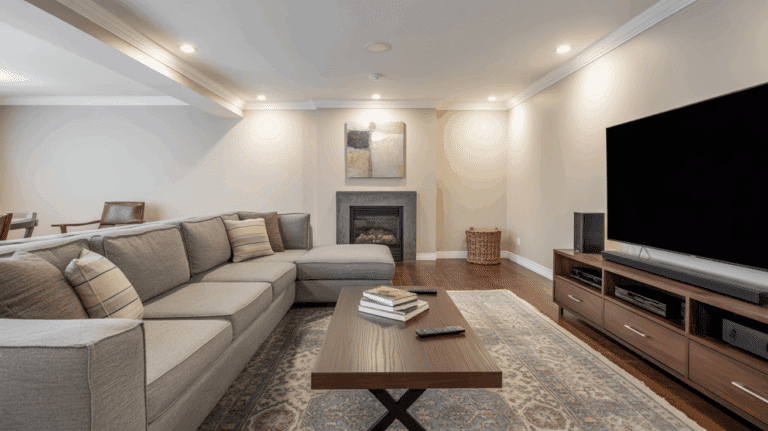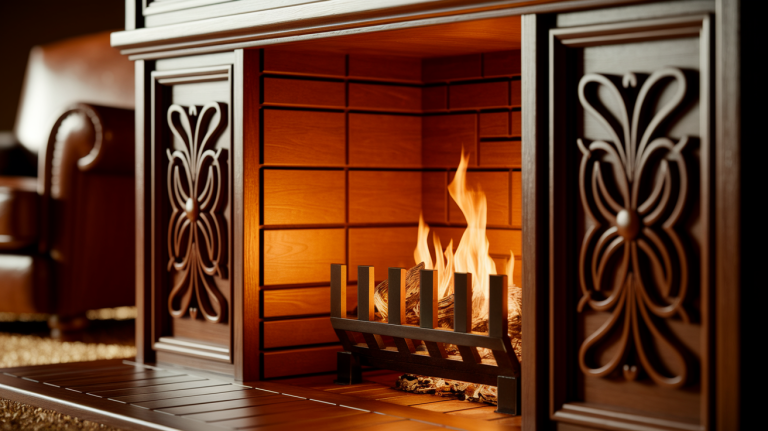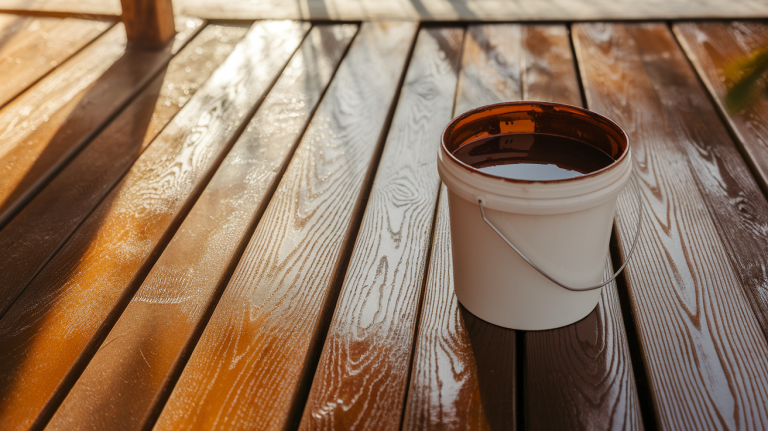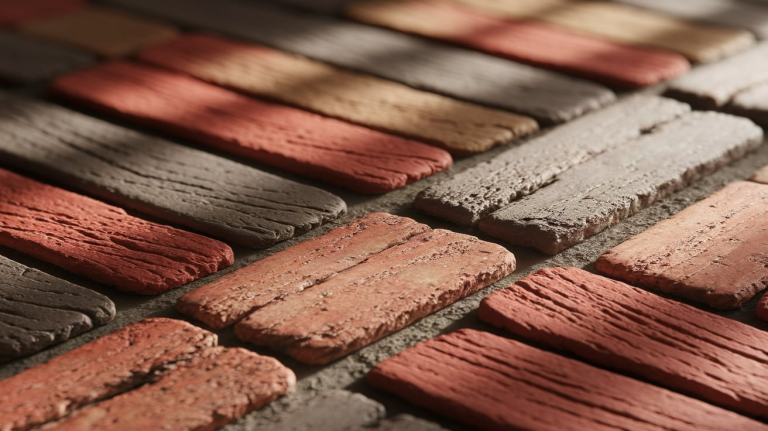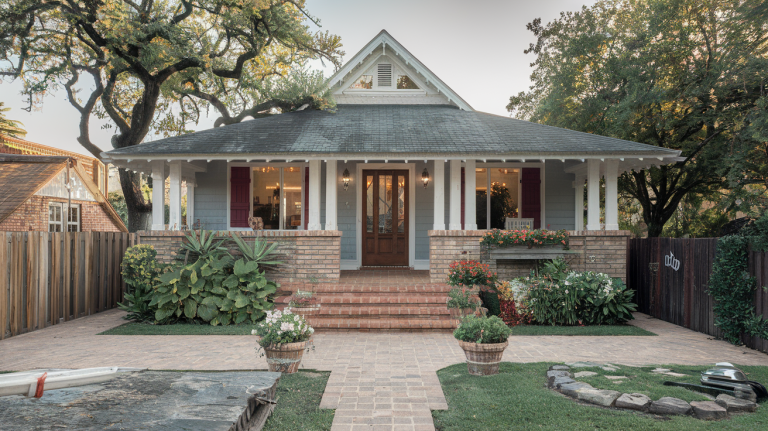How Thick is a Brick: Standard Thickness Sizes
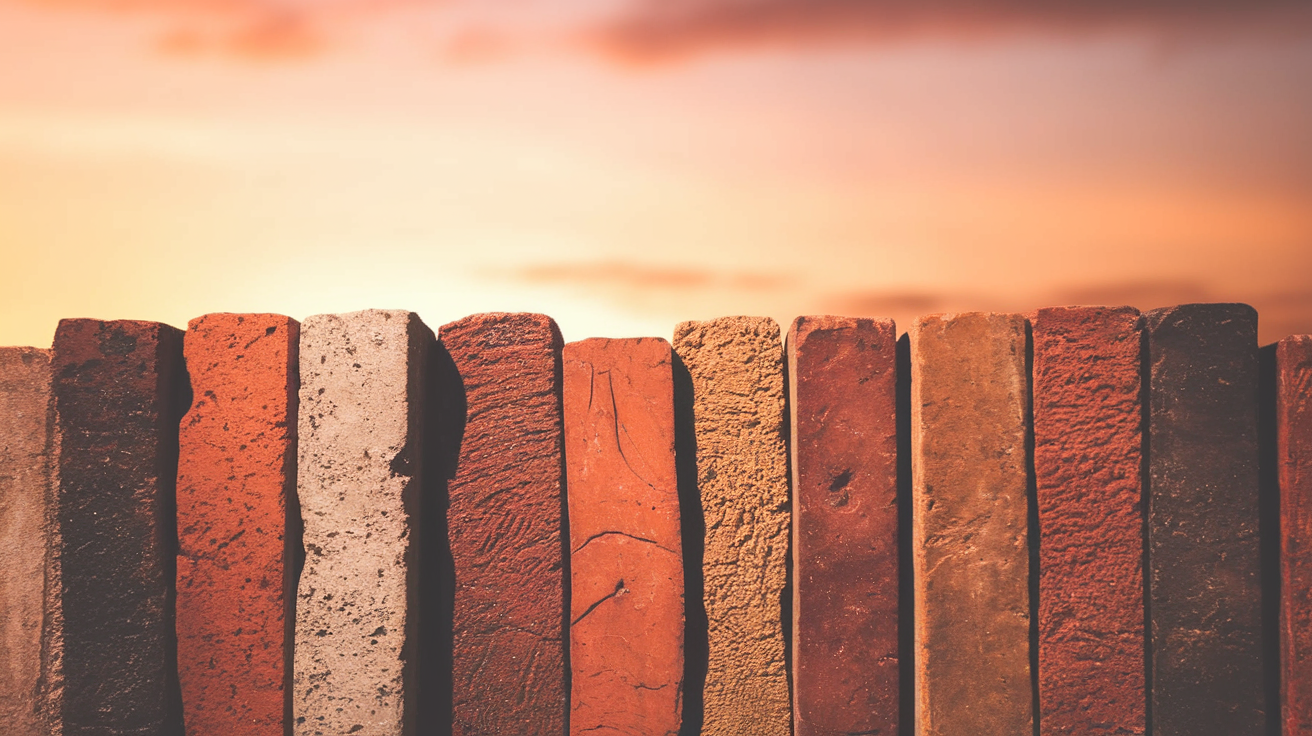
When it comes to building or remodeling with bricks, one of the most common questions is how thick a brick is.
The thickness of a brick can vary depending on the type of brick you’re using and its intended purpose.
In construction, understanding brick thickness is crucial to make sure of the structural integrity of your project, from walls to chimneys.
This blog covers the different types of bricks and their respective thicknesses to help you better understand which brick to use for your next build.
Why does Brick Thickness Matter
Before getting into specifics, let’s first understand why brick thickness is so important. Brick thickness isn’t just a matter of visual appeal; it’s also tied to strength, insulation, and overall functionality.
- Structural Integrity: Thicker bricks provide better support for load-bearing walls, foundations, and other structural elements.
- Insulation: A thicker brick can offer better thermal and sound insulation, which is important for certain environments.
- Style: Thicker bricks create a bolder, more substantial look, while thinner bricks may be more suited to complicated designs or non-load-bearing applications.
- Cost and Practicality: Thicker bricks tend to cost more, and their increased weight may require special handling and equipment.
The Different Types of Bricks and Their Thicknesses
The thickness of the bricks can vary depending on the design, the type of work, and the location of the bricks.
For most residential builds, the standard size 3 5/8″ brick is the go-to option, but depending on the project’s specific needs, other bricks with varying thicknesses can be selected.
Understanding the thickness and brick dimensions of different types of bricks can also help you determine how much material you need and whether you need special equipment to handle thicker bricks.
So, next time you are on a construction project, be sure to check the specifications of the bricks you’re using to make sure they fit your needs.
1. Standard Brick
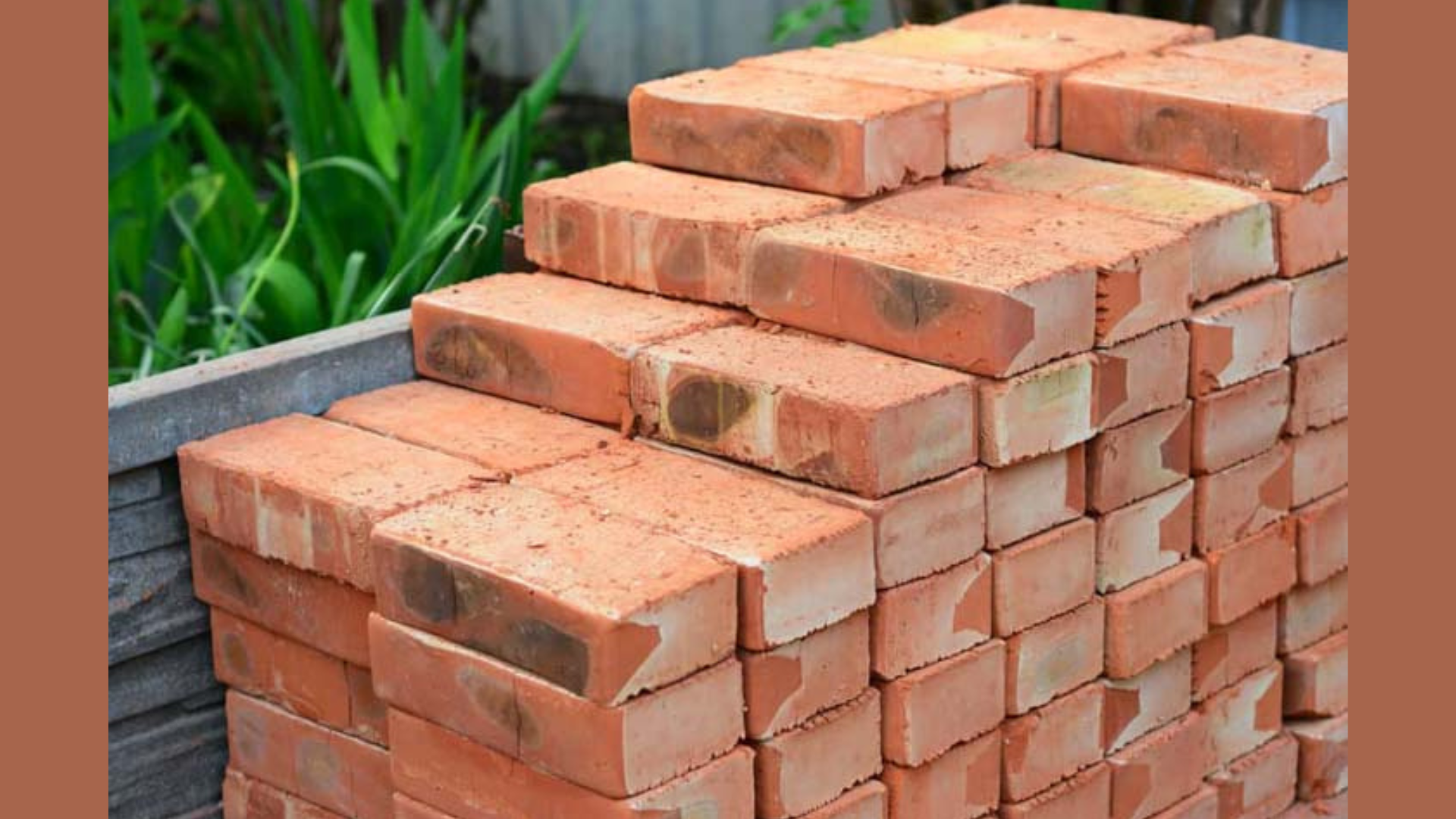
Standard bricks are versatile and commonly used for residential and commercial building projects, including walls, foundations, and load-bearing structures.
| Dimension | Inches | Millimeters |
|---|---|---|
| Length | 8″ | 203.2 mm |
| Width | 3⅝” | 92.1 mm |
| Height | 2¼” | 57.2 mm |
| Thickness | 3⅝” | 92.1 mm |
Note: Standard bricks also come in thin variations:
- 4″ × 8″ thin brick tiles: thickness typically ½” (12.7 mm)
- 2¼” × 8″ thin brick tiles: thickness typically ½” (12.7 mm)
Cost of Standard Brick: The cost of standard bricks usually ranges from $0.50 to $1.00 per brick, depending on quality and location.
2. Modular Brick
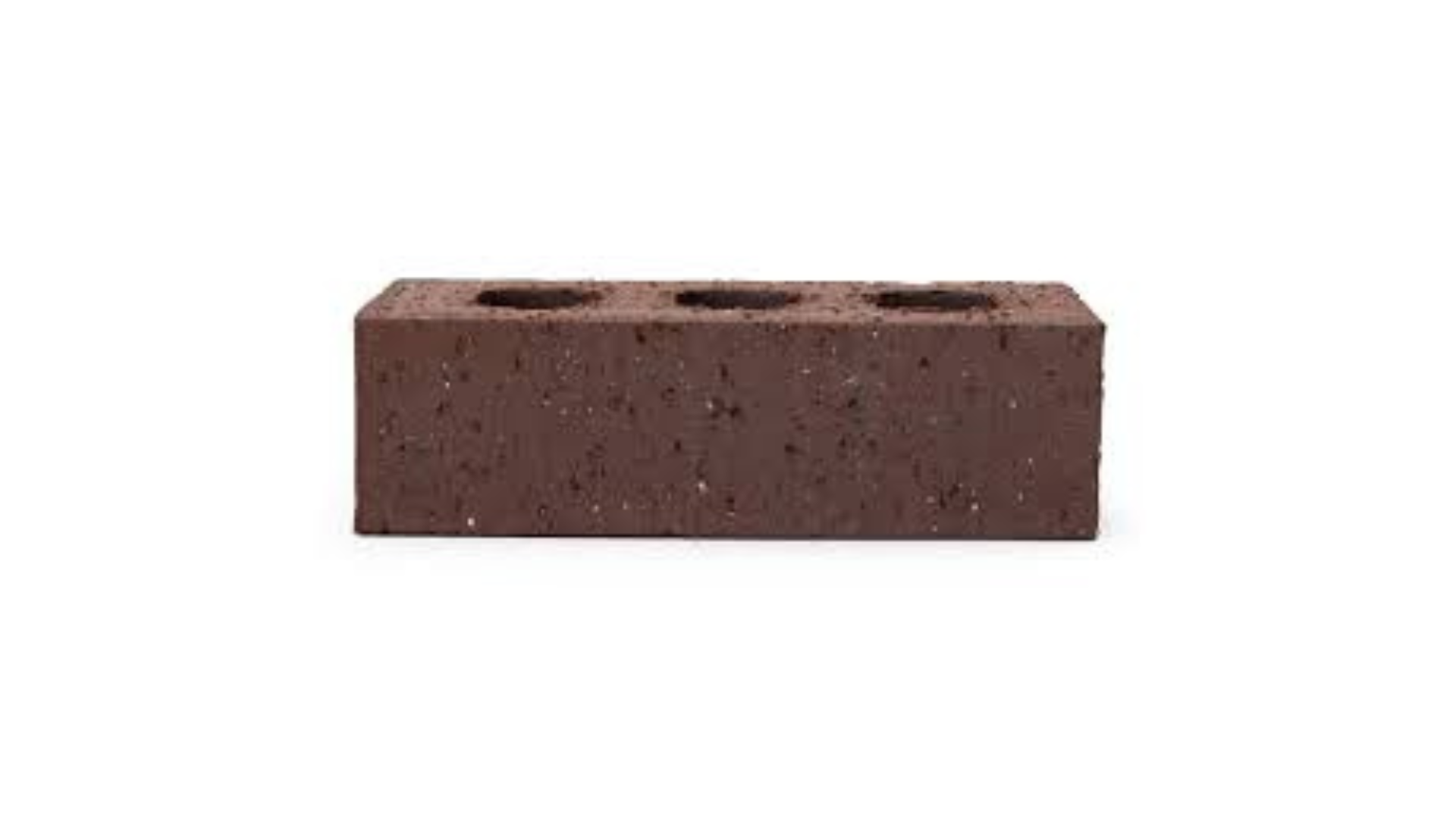
Modular bricks are smaller than standard bricks and are used for projects requiring more precise masonry work, such as detailed patterns or complicated designs. Their nominal dimensions include mortar joints.
| Dimension | Inches | Millimeters |
|---|---|---|
| Length | 7⅝” | 193.7 mm |
| Width | 3⅝” | 92.1 mm |
| Height | 2¼” | 57.2 mm |
| Thickness | 3⅝” | 92.1 mm |
Cost of Modular Brick: Modular bricks typically cost between $0.50 to $1.20 per brick, making them a cost-effective option for specific design needs.
3. King-Size Brick
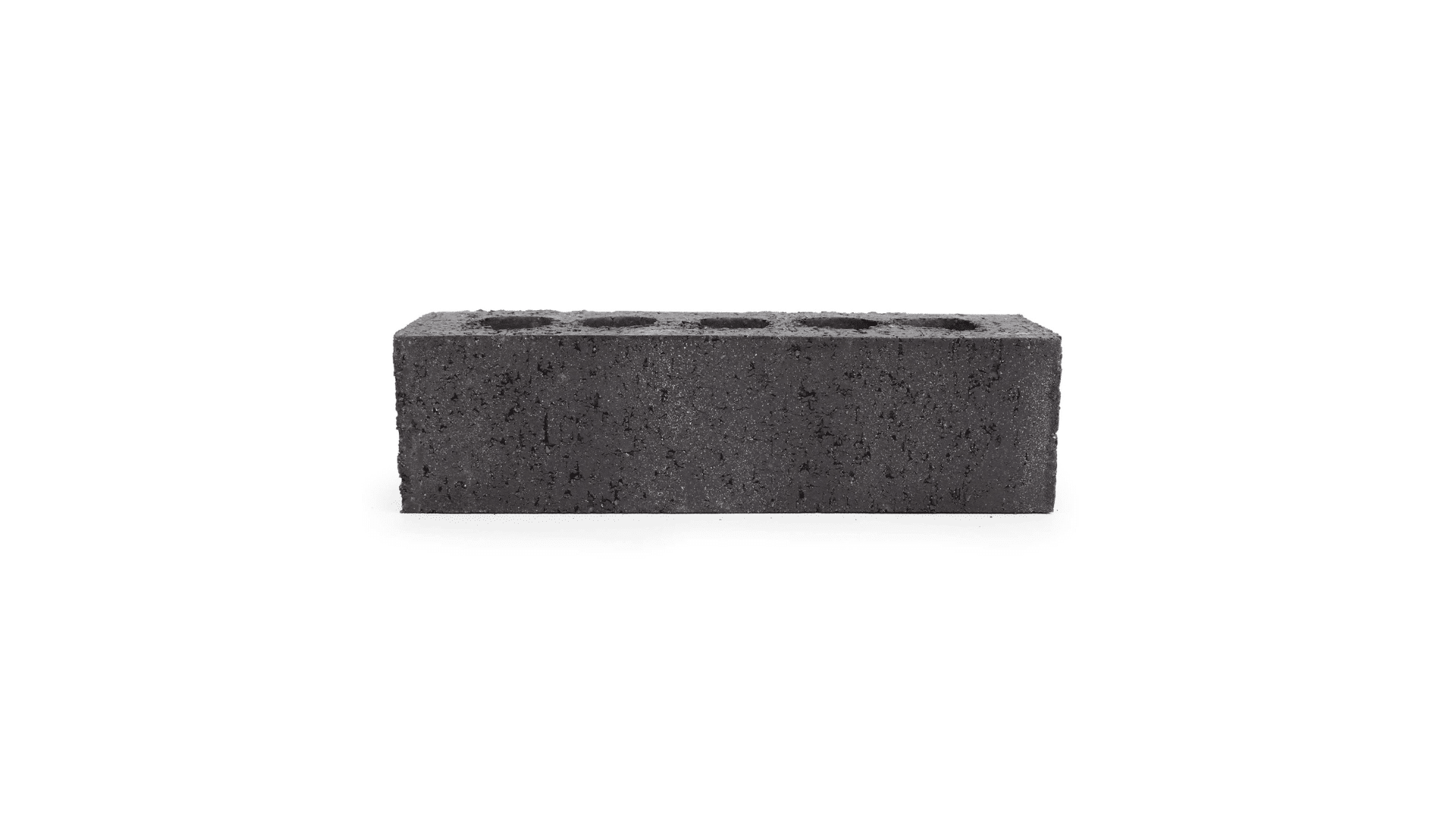
King-size bricks are larger than standard bricks and are chosen for projects where a bold appearance is needed, such as striking facades or exterior walls requiring extra strength.
| Dimension | Inches | Millimeters |
|---|---|---|
| Length | 9⅝” | 244.5 mm |
| Width | 4″ | 101.6 mm |
| Height | 2⅝” | 66.7 mm |
| Thickness | 4″ | 101.6 mm |
Cost of King-Size Brick: These larger bricks generally cost between $0.70 to $1.50 per brick, reflecting their size and added durability.
4. Jumbo Brick
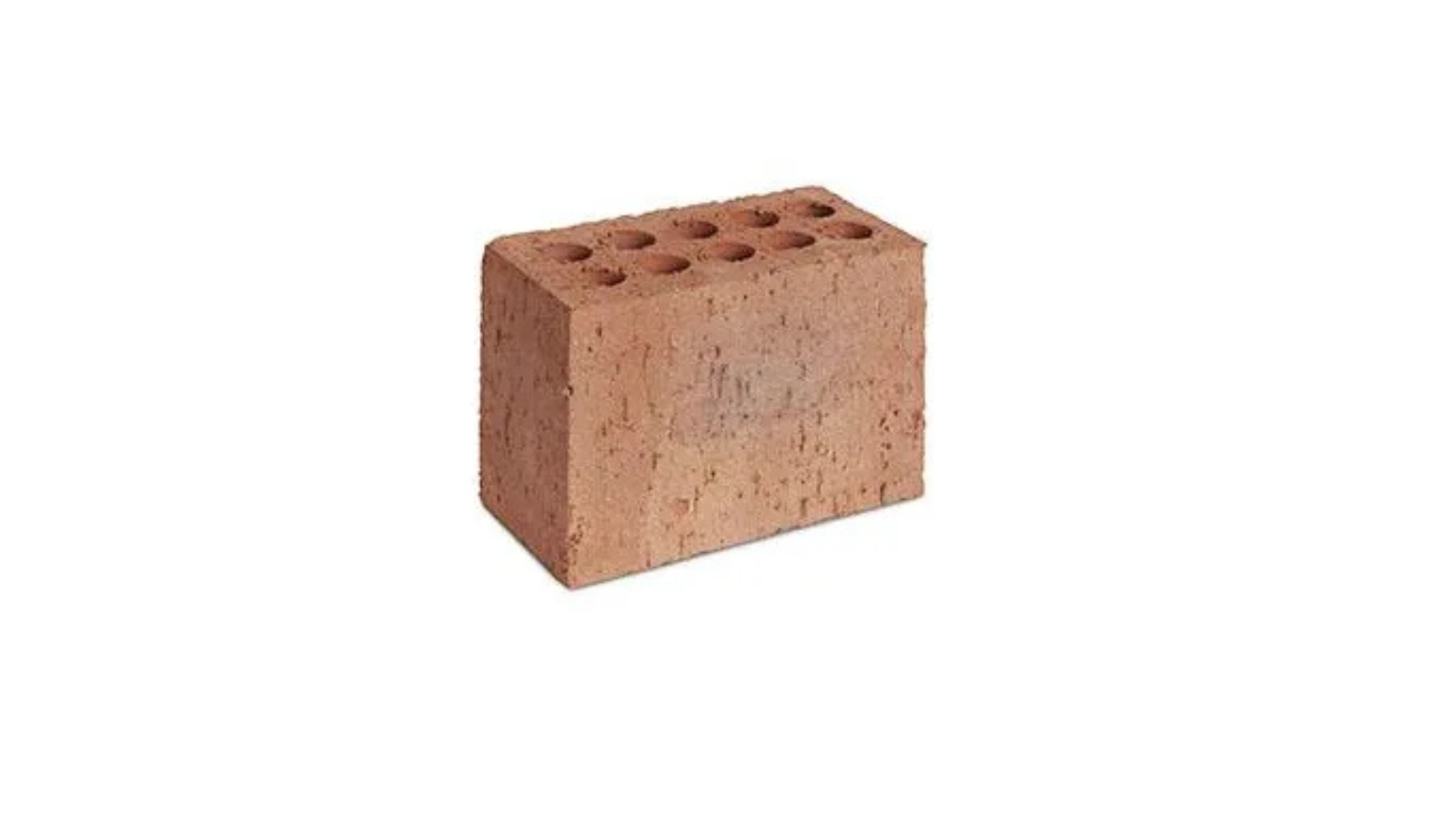
Jumbo bricks are ideal for creating expansive walls with dramatic visual impact, commonly used in large exterior projects like feature walls or commercial buildings.
| Dimension | Inches | Millimeters |
|---|---|---|
| Length | 11½” | 292.1 mm |
| Width | 4½” | 114.3 mm |
| Height | 3″ | 76.2 mm |
| Thickness | 4½” | 114.3 mm |
Cost of Jumbo Brick: Expect to pay around $1.00 to $2.00 per jumbo brick, as their size and use for larger, high-impact projects make them a more expensive option.
5. Facing Brick
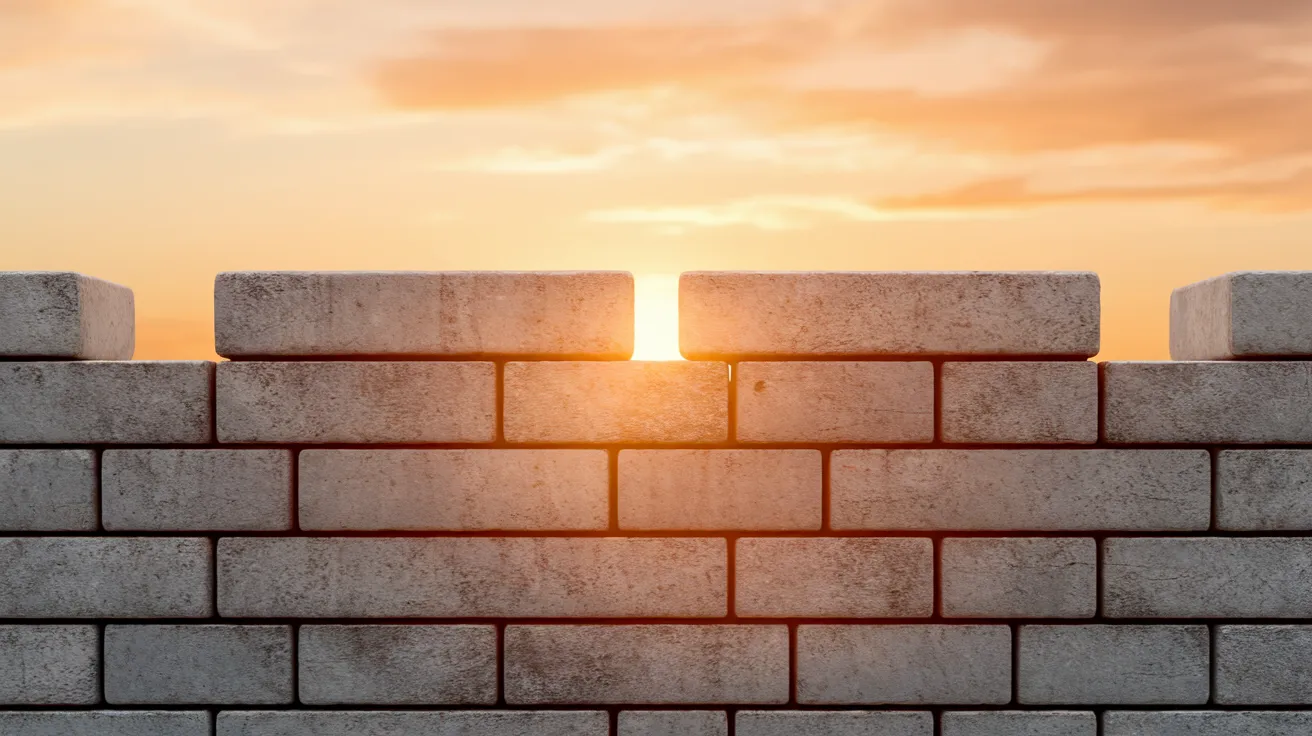
Facing bricks are designed to be visible on a building’s exterior, making them perfect for complementing the appearance of facades, chimneys, and feature walls.
| Dimension | Inches | Millimeters |
|---|---|---|
| Length | 8″ | 203.2 mm |
| Width | 3½”-4″ | 88.9-101.6 mm |
| Height | 2¼” | 57.2 mm |
| Thickness | 3½”-4″ | 88.9-101.6 mm |
Cost of Facing Brick: The cost of facing bricks usually ranges from $0.75 to $1.50 per brick, depending on the material and finish.
6. Concrete Brick
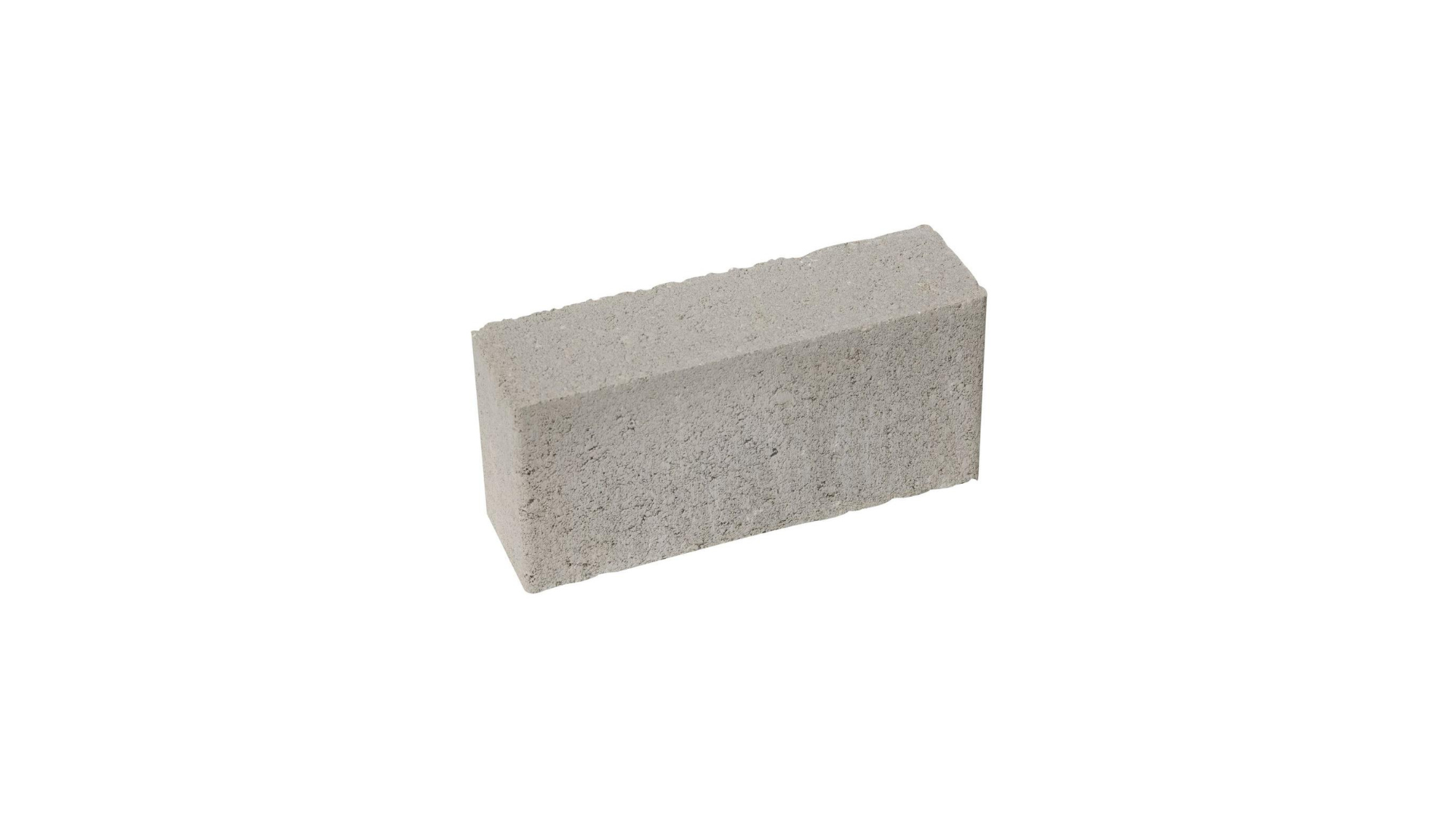
Concrete bricks are used for applications requiring high strength, such as retaining walls, foundations, and other structural projects.
| Dimension | Inches | Millimeters |
|---|---|---|
| Length | 7⅝” | 193.7 mm |
| Width | 3½”-4″ | 88.9-101.6 mm |
| Height | 2¼” | 57.2 mm |
| Thickness | 3½”-4″ | 88.9-101.6 mm |
Cost of Concrete Brick: Concrete bricks are generally affordable, costing between $0.60 to $1.00 per brick, making them a popular choice for large-scale projects.
7. Fire Brick
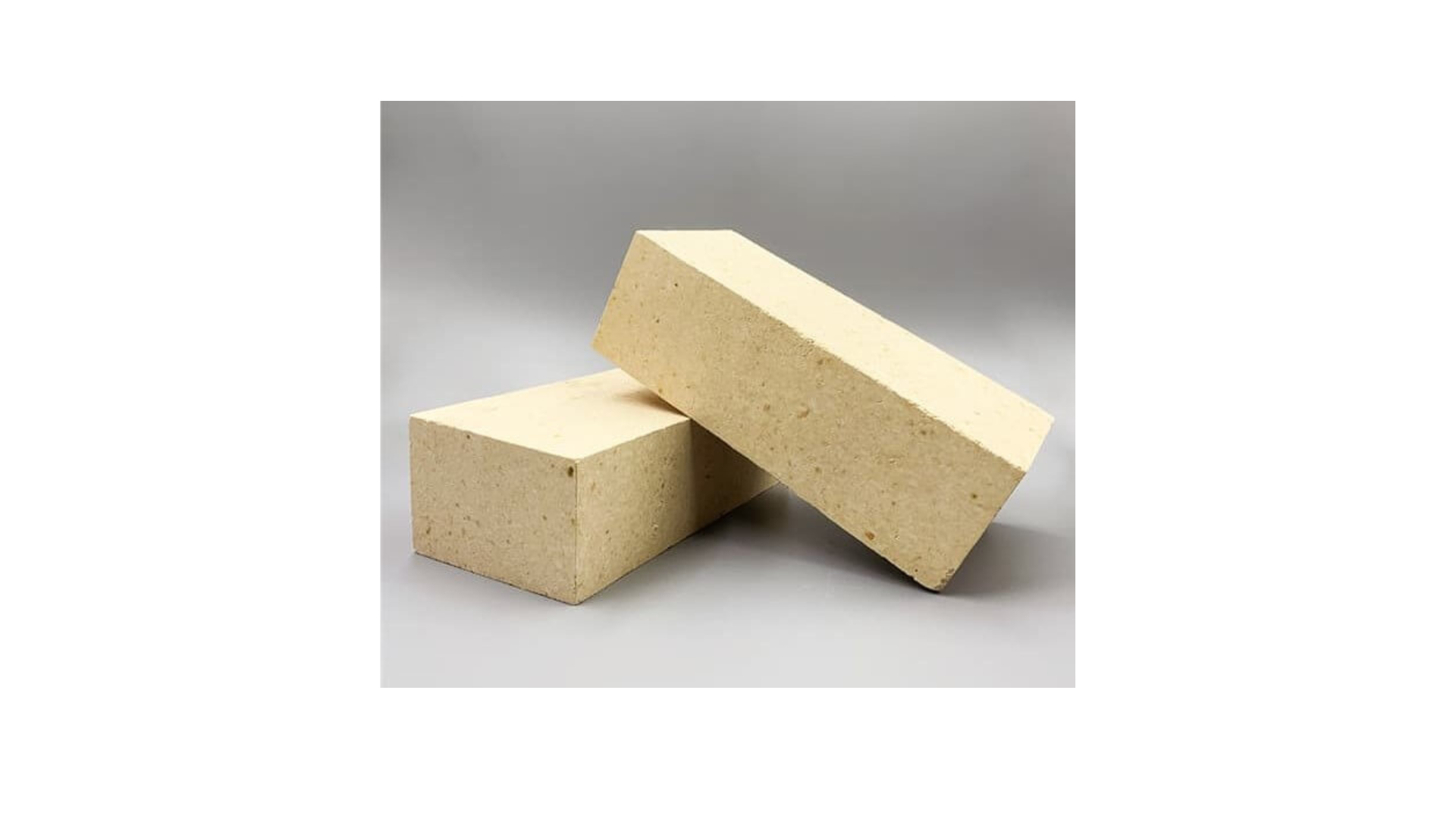
Fire bricks, or refractory bricks, are designed for high-heat environments like fireplaces, kilns, and pizza ovens, able to withstand extreme temperatures.
| Dimension | Inches | Millimeters |
|---|---|---|
| Length | 9″ | 228.6 mm |
| Width | 2½”-3″ | 63.5-76.2 mm |
| Height | 4½” | 114.3 mm |
| Thickness | 2½”-3″ | 63.5-76.2 mm |
Cost of Fire Brick: Fire bricks tend to cost between $2.00 to $5.00 per brick, showing their specialized design for high-heat conditions.
8. Paving Brick
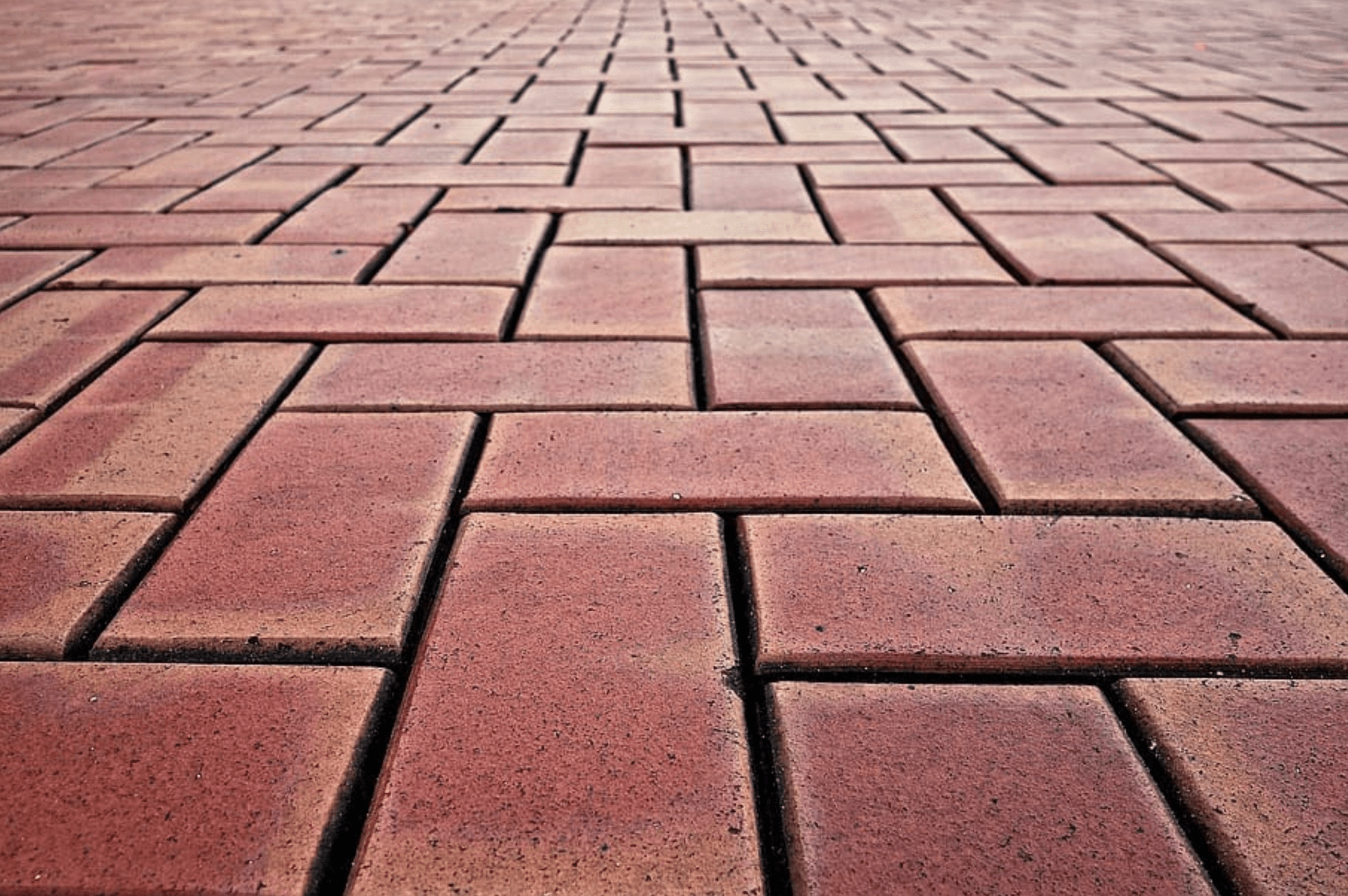
Paving bricks are used for outdoor projects such as walkways, patios, and driveways, designed to withstand heavy foot traffic and vehicle weight.
| Dimension | Inches | Millimeters |
|---|---|---|
| Length | 8″ | 203.2 mm |
| Width | 4″ | 101.6 mm |
| Height | 2¼”-2½” | 57.2-63.5 mm |
| Thickness | 2¼”-2½” | 57.2-63.5 mm |
Cost of Paving Brick: The cost of paving bricks typically ranges between $0.50 to $1.50 per brick, depending on material and design choices.
9. Engineering Brick
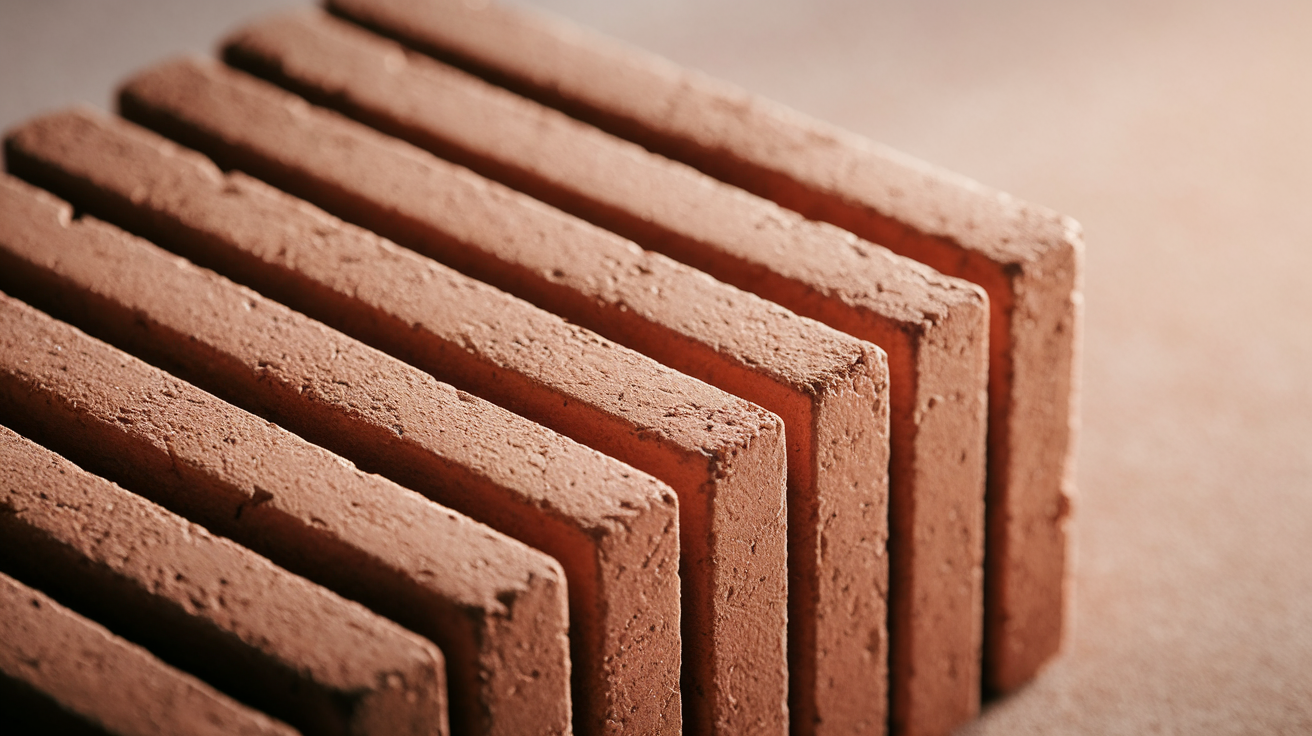
Engineering bricks offer maximum strength and durability for foundations, tunnels, and structures requiring high resistance to moisture, pressure, and environmental conditions.
| Dimension | Inches | Millimeters |
|---|---|---|
| Length | 8⅝” | 219.1 mm |
| Width | 3½”-4″ | 88.9-101.6 mm |
| Height | 2½” | 63.5 mm |
| Thickness | 3½”-4″ | 88.9-101.6 mm |
Cost of Engineering Brick: Engineering bricks are priced between $1.00 to $2.50 per brick, showing their superior quality and strength.
10. Common Brick

Common brick is a basic building brick used primarily for structural purposes where appearance is not the main concern. These bricks are typically used for interior walls, foundations, and other hidden structural elements.
| Dimension | Inches | Millimeters |
|---|---|---|
| Length | 8″ | 203.2 mm |
| Width | 3⅝” | 92.1 mm |
| Height | 2¼” | 57.2 mm |
| Thickness | 3⅝” | 92.1 mm |
Cost of Common Brick: Common bricks are the most affordable option, typically costing between $0.25 to $0.80 per brick, making them ideal for large structural projects where appearance is secondary.
How to Choose the Right Brick
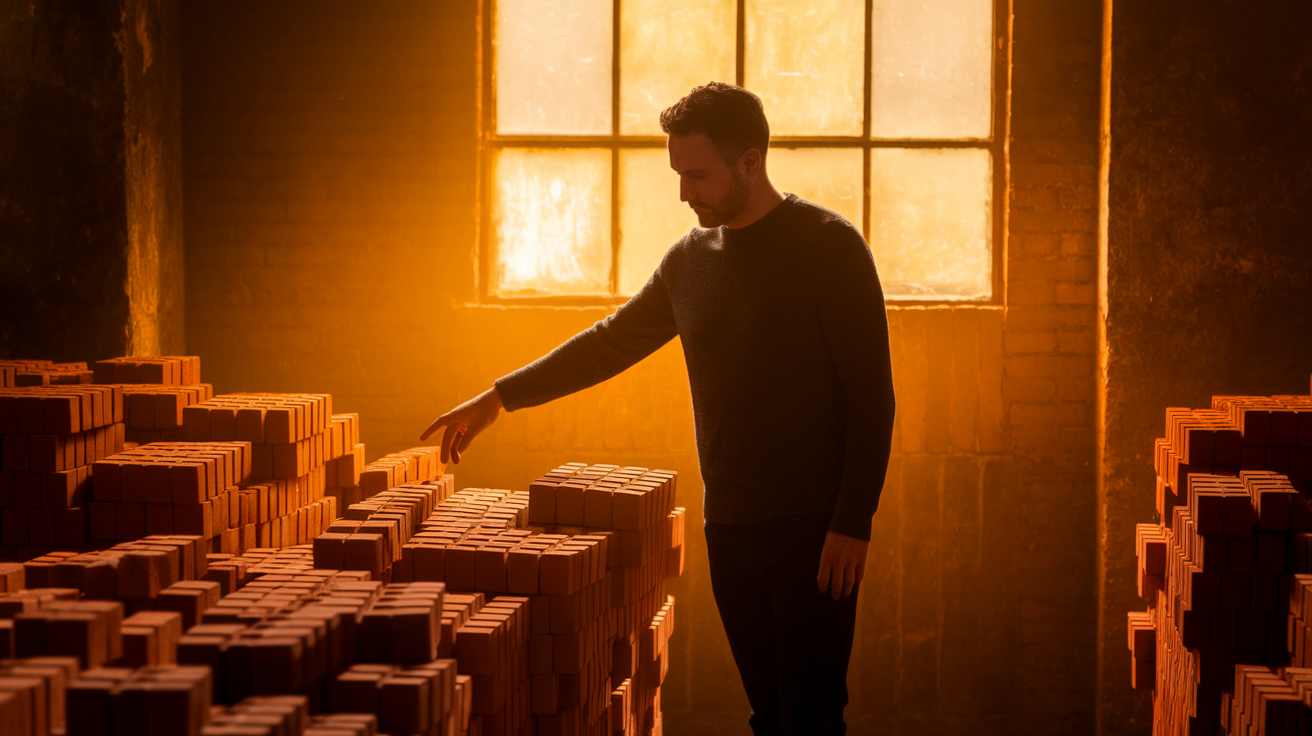
If you are building a new structure, remodeling, or just adding some decorative touches, the thickness of the brick can significantly impact both the durability and appeal of your project.
Consider the Purpose of Your Project
The first step in choosing the right brick thickness is to consider the purpose of your project. What kind of structure are you building? Your choice of thickness will depend largely on these factors.
- Load-Bearing Walls: For a brick wall that needs to support weight (like the walls of a house), thicker bricks, such as the standard 3 5/8-inch brick or even the 4-inch king-size brick, are ideal.
- Decorative Facades: If you are building a non-structural feature like a decorative wall or chimney, thin bricks or veneer brick options, such as modular or facing bricks (typically 3 1/2 to 4 inches thick), might be a better fit.
- Outdoor or Heavy-Duty Projects: If you’re creating a strong foundation, retaining walls, or other heavy-duty structures, consider concrete or engineering bricks, which typically range from 3 1/2 to 4 inches thick.
Choose Based on Insulation Needs
Another important consideration is how well the brick needs to insulate. If you are building in a colder climate or in a noisy area, brick thickness can play an important role in keeping your space comfortable and quiet.
- Thermal Insulation: Thicker bricks, like king-size or jumbo bricks (4 to 4 1/2 inches thick), can help improve the thermal insulation of your home by retaining heat during the winter and keeping it cool in the summer.
- Sound Insulation: If noise reduction is a priority, thicker bricks are often better at absorbing sound, especially in urban areas or if you’re building a music studio, office, or multi-family dwelling.
Think About Your Style and Design
The thickness of the brick can also impact the design of your project. For example, thinner bricks create a more delicate look, which might be ideal for a feature wall, a chimney, or a small structure.
On the other hand, thicker bricks give a bold, industrial feel to modern designs or large, imposing structures. Consider the various brick sizes available to achieve your desired aesthetic.
- For Industrial or Contemporary Designs: If you are going for a modern, bold look, jumbo bricks (4 1/2 inches thick) can make a strong statement. They’re perfect for large exterior walls or urban-style designs.
- For Traditional or Vintage Looks: Standard and modular bricks (3 5/8 inches thick) are great for classic, timeless designs. If you want a rustic, vintage vibe, these sizes will provide the style you’re looking for.
Understanding Cost and Practicality
Typically, thicker bricks will cost more due to their larger size and weight, and they might require more labor to install.
Thicker bricks also tend to be heavier, meaning they might require specialized equipment for transportation and placement.
- Budget Considerations: If you are working with a tight budget, thinner bricks, like modular bricks (around 3 5/8 inches), might be a more affordable choice. On the other hand, if you’re willing to invest in quality and strength, thicker bricks like engineering or concrete bricks (3 1/2 to 4 inches thick) may be more appropriate.
- Labor and Equipment: Thicker bricks require more time and effort to install and may require heavier machinery for lifting and placement. When choosing brick thickness, consider the costs associated with labor, transportation, and installation.
Consider the Climate and Environment
The climate where you’re building can also impact the choice of brick thickness. In areas that experience extreme temperatures, bricks that offer better insulation will be beneficial.
- Cold Climates: In colder regions, thicker bricks help in maintaining warmth indoors by providing better thermal mass. Thicker bricks can absorb heat from the sun during the day and release it slowly at night, keeping your home warmer.
- Hot Climates: In hotter climates, thinner bricks might be preferable to help reduce heat retention inside the building, keeping the structure cooler. However, in some cases, thicker bricks may still be used for better insulation and cooling.
Conclusion
As you think about your next project, remember to take into account the practical needs, the look you are aiming for, and of course, your budget.
It’s all about finding that balance. The good news is that there are so many brick options out there, each one suited to different purposes and styles.
With a little knowledge and the right guidance, you can confidently select the best brick thickness for your needs and build something that will last for years to come.
So, if you are just starting to plan or already in the midst of your project, take a deep breath and trust that with each brick you lay, you’re creating something truly special. Happy building!

